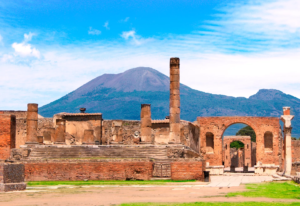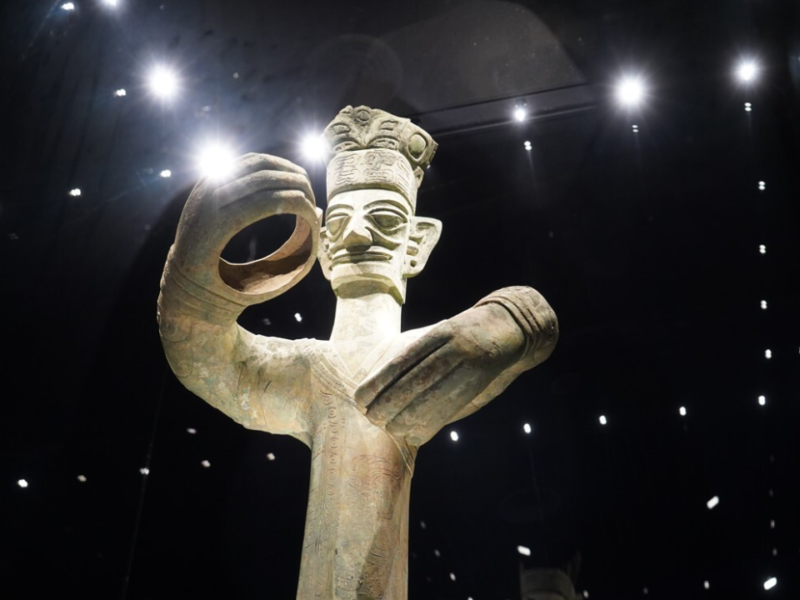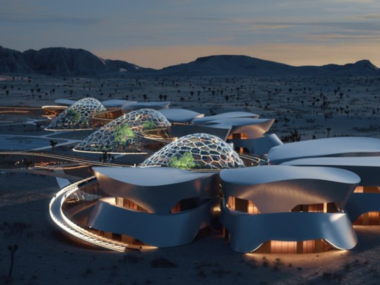6. Pompeii: Preserving A Snapshot Of Roman Life Before The Eruption Of Mount Vesuvius

Pompeii, an ancient Roman city frozen in time, offers a captivating glimpse into the daily life of its inhabitants before the devastating eruption of Mount Vesuvius in 79 AD. This archaeological site, located near modern-day Naples, Italy, has been a treasure trove for historians and archaeologists, unraveling the secrets of a bygone civilization.
Walking through the streets of Pompeii is like stepping into a time capsule. The remarkably preserved ruins showcase the grandeur and simplicity of Roman life, displaying a wide range of buildings, homes, and public spaces. From the opulent villas of the wealthy elite to the humble dwellings of the common people, Pompeii offers a comprehensive snapshot of a thriving ancient society.
One of the most remarkable aspects of Pompeii is its vivid and detailed frescoes that adorn the walls of houses and public buildings. These colorful paintings provide invaluable insights into the daily rituals, beliefs, and aesthetic preferences of the Romans. From mythological scenes to depictions of everyday life, these frescoes bring the past to life and offer a glimpse into the artistic prowess of the ancient world.
The archaeological excavations at Pompeii have also unearthed an array of everyday objects that were used by its inhabitants. From pottery and jewelry to tools and household items, these artifacts provide tangible links to the past. They offer a deeper understanding of the social, economic, and technological aspects of Roman life, showcasing the ingenuity and craftsmanship of the ancient civilization.
Beyond the physical remains, Pompeii has also revealed poignant human stories. The plaster casts of the victims preserved in their final moments, frozen in time by the volcanic ash, evoke a sense of tragedy and remind us of the catastrophic events that unfolded. These casts offer a haunting reminder of the human toll and serve as a somber testament to the power of nature.
The painstaking preservation and ongoing excavations at Pompeii continue to uncover new finds and shed light on the ancient world. The site not only provides an invaluable resource for researchers but also offers visitors a unique opportunity to step back in time and immerse themselves in the rich history of this ancient civilization.
Pompeii stands as a testament to the fragility of human existence and serves as a stark reminder of the impermanence of civilizations. Preserved for centuries under layers of ash and debris, this archaeological marvel offers a captivating and humbling experience, allowing us to reflect on the legacy of those who came before us.






